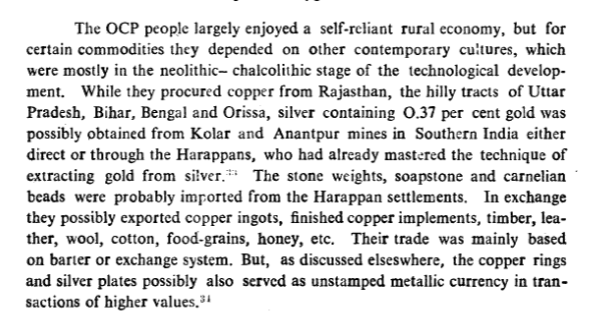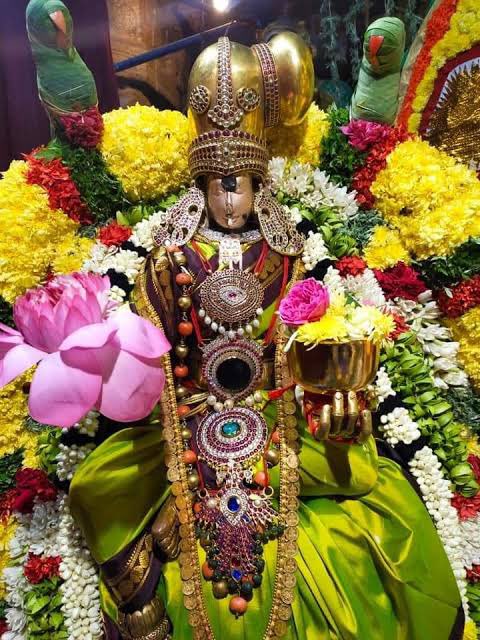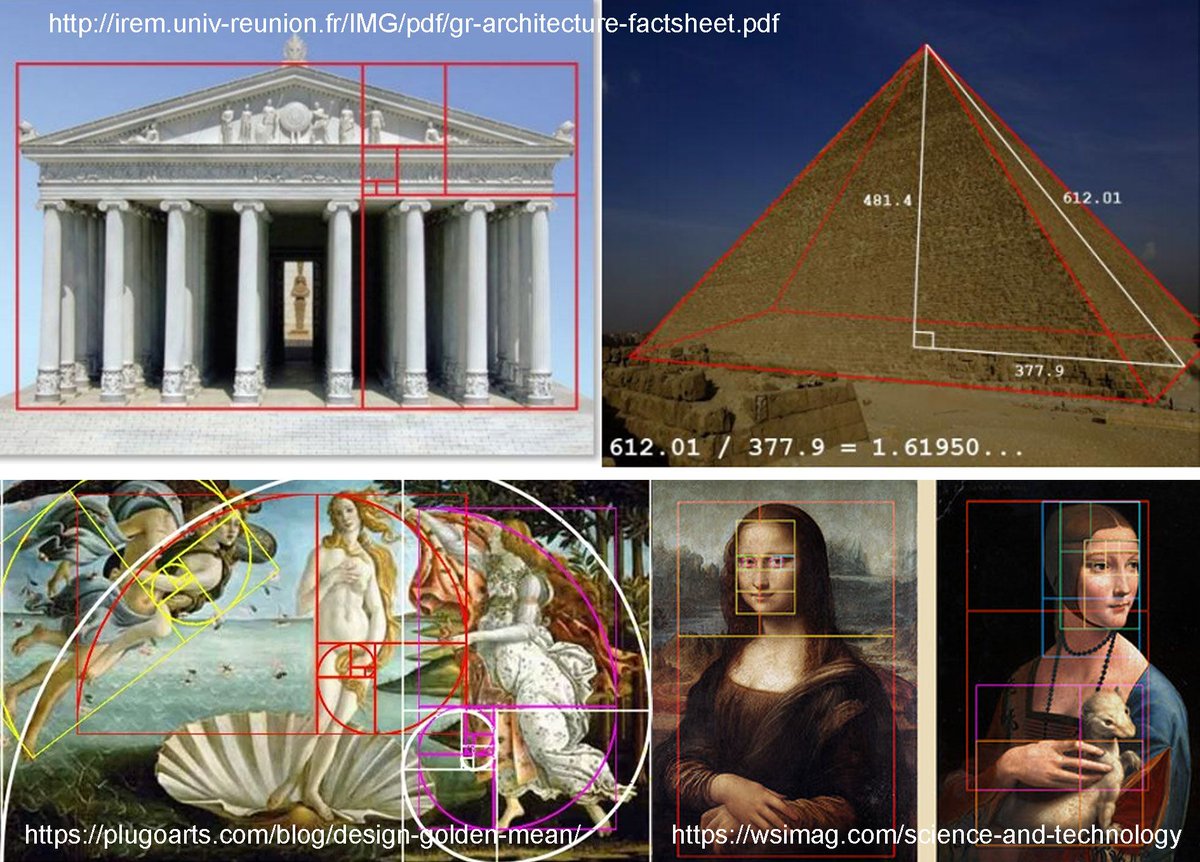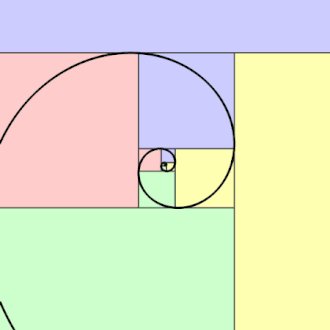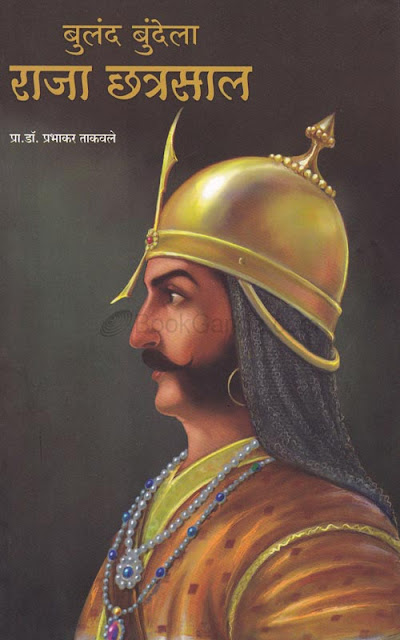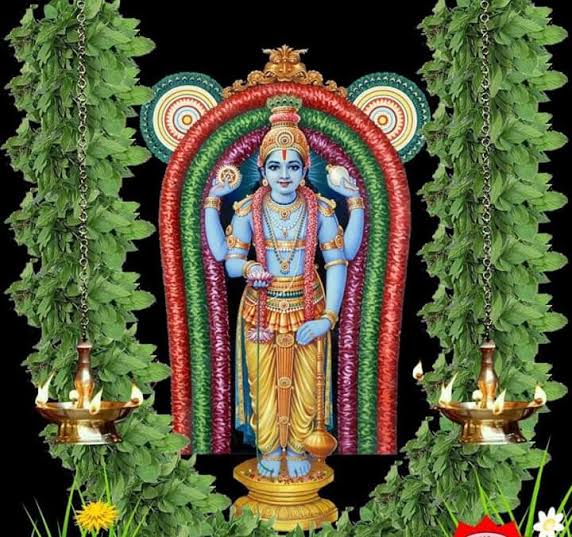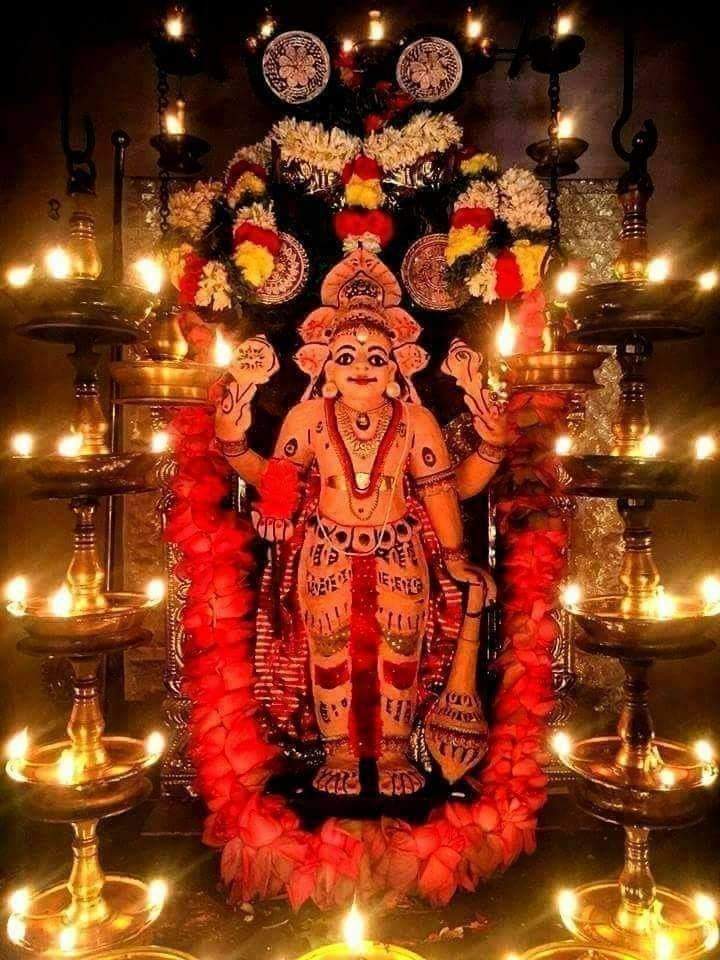Flat, bar & shouldered celts, double edged axe, hatchet, rings, antennae swords, hooked swords and spearheads, barbed harpoons...(2/n)
There has been considerable speculation by serious researchers into the Bronze/Iron Age cultures who could have produced the itihaasas. While not being a pursuit into the exact provenance.
Krishna Kumar published a detailed analysis in BORI 1992.....(1/n)
What are the evidences that support historicity of Ramayana?
— \u1c74\u1c77\u1c63 \u1c74\u1c68\u1c69\u1c6e \u1c65\u1c64\u1c5c\u1c62\u1c5a (@SunKnight___) October 1, 2022
Flat, bar & shouldered celts, double edged axe, hatchet, rings, antennae swords, hooked swords and spearheads, barbed harpoons...(2/n)
(4/n)....
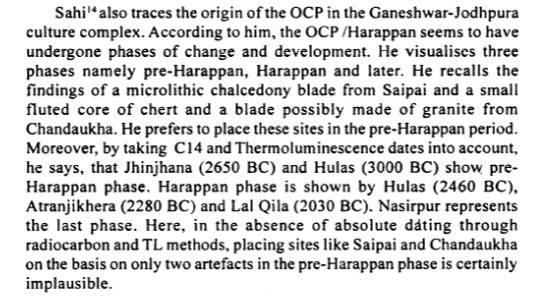
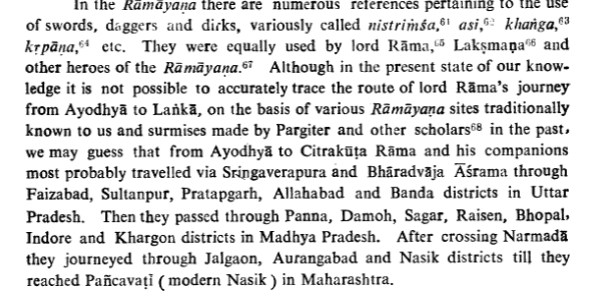
Krishna Kumar therefore assesses a fit between the culture that might have produced the Ramayana and the archaeo-record. (6/n)

The finding of a grave buried chariot at Sinauli (OCP culture) has led to renewed discussions in the Indian archaeological community. (7/n)

The contrast with Harappans, who seemed to have exclusively concentrated on trade/urbanism, could not be greater. (8/n)

